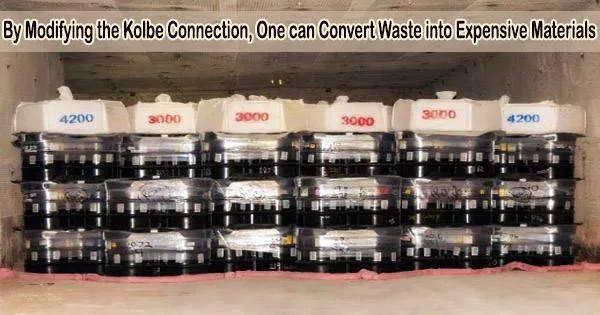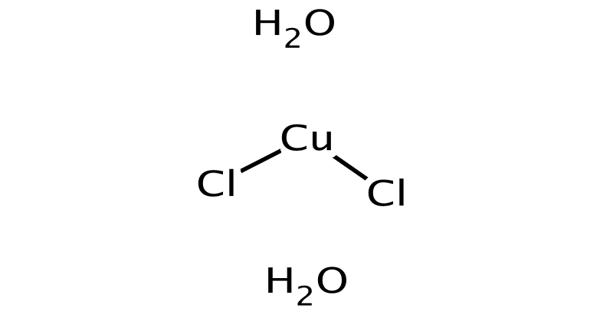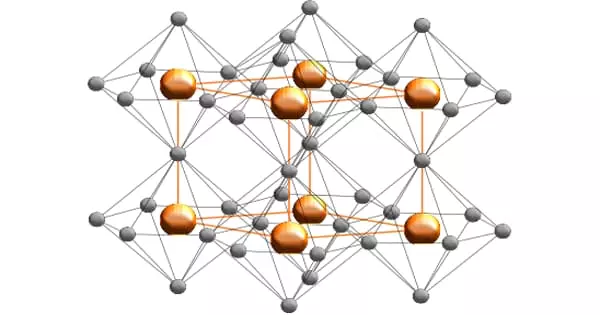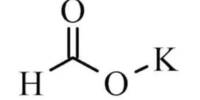Researchers from Scripps Research and Abbvie Process Research and Development discovered that by making a few little adjustments to the Kolbe coupling process, it is possible to create expensive materials out of inexpensive ones or even waste products.
Their study is reported in the journal Science. Peng Guo and Ke-Yin Ye, both with Fuzhou University, in China, have published a Perspective piece in the same journal issue outlining the work by the team on this this effort.
Michael Faraday first proposed the concept of Kolbe coupling in 1834, but it wasn’t well known until Hermann Kolbe applied it to couple pairs of molecules in a substance containing a carboxylic acid in 1849. So, it carries his name. It is presently thought to be one of the first organic chemistry reactions.
When a platinum electrode is added to the mixture and electricity is provided, the reaction takes place. Thus, the reaction is sometimes referred to as Kolbe electrolysis. It also results in the release of carbon dioxide.
It is infrequently utilized since the reaction frequently has other undesirable effects, such as oxidizing other components in the mixture. The research team discovered they had modified Kolbe coupling while working on a different project that involved investigating decarboxylation and discovered that doing so had unforeseen advantages.
The researchers employed rapid alternating polarity (rAP), which they had used in their previous work, to the current project. Additionally, they were employing carbon-based electrodes rather than platinum ones. They observed that because they were utilizing rAP, functional group oxidation was prevented.
The researchers conducted Kolbe coupling studies using the two changes after being intrigued by their discovery. Castor oil was purchased, and it was utilized to create 10-undecenoic acid. They conducted rAP after inserting an electrode. 1,19-Eicosadiene, a substance that generally costs around $10,000 per gram, was generated by the subsequent reaction.
The team then synthesized a diketone and a diol, which they combined to make a biodegradable ketal-polymer. They indicate that it might also be utilized to change succinic acid esters into adipic acid esters or side-chain carboxylic acids into other compounds.
















